1. Vachiramon A, Wang WC. Acupuncture and acupressure techniques for reducing orthodontic post-adjustment pain. J Contemp Dent Pract. 2005; 6:163–167. PMID:
15719087.

2. Oliver RG, Knapman YM. Attitudes to orthodontic treatment. Br J Orthod. 1985; 12:179–188. PMID:
3863673.

3. Otasevic M, Naini FB, Gill DS, Lee RT. Prospective randomized clinical trial comparing the effects of a masticatory bite wafer and avoidance of hard food on pain associated with initial orthodontic tooth movement. Am J Orthod Dentofacial Orthop. 2006; 130:6.e9–6.15.

4. Inglehart MR, Bagramian R. Oral health-related quality of life. Quintessence Pub;2002.
5. Sergl HG, Klages U, Zentner A. Pain and discomfort during orthodontic treatment: causative factors and effects on compliance. Am J Orthod Dentofacial Orthop. 1998; 114:684–691. PMID:
9844209.

6. Bernhardt MK, Southard KA, Batterson KD, Logan HL, Baker KA, Jakobsen JR. The effect of preemptive and/or postoperative ibuprofen therapy for orthodontic pain. Am J Orthod Dentofacial Orthop. 2001; 120:20–27. PMID:
11455373.

7. Al-Omiri MK, Abu Alhaija ES. Factors affecting patient satisfaction after orthodontic treatment. Angle Orthod. 2006; 76:422–431. PMID:
16637722.
8. Graber TM, Vanarsdall RL. Orthodontics: Current Principles and Techniques. Mosby;2000.
9. Ngan P, Wilson S, Shanfeld J, Amini H. The effect of ibuprofen on the level of discomfort inpatients undergoing orthodontic treatment. Am J Orthod Dentofacial Orthop. 1994; 106:88–95. PMID:
8017354.

10. Gianelly AA, Goldman HM. Biologic Basis of Orthodontics. Lea & Febiger;1971.
11. Vandevska-Radunovic V. Neural modulation of inflammatory reactions in dental tissues incident to orthodontic tooth movement. A review of the literature. Eur J Orthod. 1999; 21:231–247. PMID:
10407533.

12. Marie SS, Powers M, Sheridan JJ. Vibratory stimulation as a method of reducing pain after orthodontic appliance adjustment. J Clin Orthod. 2003; 37:205–208. PMID:
12747073.
13. Krishnan V. Orthodontic pain: from causes to management--a review. Eur J Orthod. 2007; 29:170–179. PMID:
17488999.

14. Kluemper GT, Hiser DG, Rayens MK, Jay MJ. Efficacy of a wax containing benzocaine in the relief of oral mucosal pain caused by orthodontic appliances. Am J Orthod Dentofacial Orthop. 2002; 122:359–365. PMID:
12411880.

15. Kehoe MJ, Cohen SM, Zarrinnia K, Cowan A. The effect of acetaminophen, ibuprofen, and misoprostol on prostaglandin E2 synthesis and the degree and rate of orthodontic tooth movement. Angle Orthod. 1996; 66:339–349. PMID:
8893104.
16. Roda RS. Naproxen: pharmacology and dental therapeutics. J Can Dent Assoc. 1992; 58:401–405. PMID:
1628263.
17. Eslamian L, Borzabadi-Farahani A, Edini HZ, Badiee MR, Lynch E, Mortazavi A. The analgesic effect of benzocaine mucoadhesive patches on orthodontic pain caused by elastomeric separators, a preliminary study. Acta Odontol Scand. 2013; 71:1168–1173. PMID:
23301559.

18. Lim HM, Lew KK, Tay DK. A clinical investigation of the efficacy of low level laser therapy in reducing orthodontic postadjustment pain. Am J Orthod Dentofacial Orthop. 1995; 108:614–622. PMID:
7503039.

19. Eslamian L, Borzabadi-Farahani A, Hassanzadeh-Azhiri A, Badiee MR, Fekrazad R. The effect of 810-nm low-level laser therapy on pain caused by orthodontic elastomeric separators. Lasers Med Sci. 2014; 29:559–564. PMID:
23334785.

20. Harazaki M, Takahashi H, Ito A, Isshiki Y. Soft laser irradiation induced pain reduction in orthodontic treatment. Bull Tokyo Dent Coll. 1998; 39:95–101. PMID:
9667142.
21. Eslamian L, Borzabadi-Farahani A, Edini HZ, Badiee MR, Lynch E, Mortazavi A. The analgesic effect of benzocaine mucoadhesive patches on orthodontic pain caused by elastomeric separators, a preliminary study. Acta Odontol Scand. 2013; 71:1168–1173. PMID:
23301559.

22. Polat O, Karaman AI. Pain control during fixed orthodontic appliance therapy. Angle Orthod. 2005; 75:214–219. PMID:
15825785.
23. Ngan P, Kess B, Wilson S. Perception of discomfort by patients undergoing orthodontic treatment. Am J Orthod Dentofacial Orthop. 1989; 96:47–53. PMID:
2750720.

24. Kafle D, Rajbhandari A. Anticipated pain and pain experience among orthodontic patients: is there any difference? Kathmandu Univ Med J (KUMJ). 2012; 10:71–73. PMID:
23132480.

25. Jones M, Chan C. The pain and discomfort experienced during orthodontic treatment: a randomized controlled clinical trial of two initial aligning arch wires. Am J Orthod Dentofacial Orthop. 1992; 102:373–381. PMID:
1456222.
26. Cioffi I, Piccolo A, Tagliaferri R, Paduano S, Galeotti A, Martina R. Pain perception following first orthodontic archwire placement--thermoelastic vs superelastic alloys: a randomized controlled trial. Quintessence Int. 2012; 43:61–69. PMID:
22259810.
27. Price DD, McGrath PA, Rafii A, Buckingham B. The validation of visual analogue scales as ratio scale measures for chronic and experimental pain. Pain. 1983; 17:45–56. PMID:
6226917.

28. Kohli SS, Kohli VS. Effectiveness of piroxicam and ibuprofen premedication on orthodontic patients' pain experiences. Angle Orthod. 2011; 81:1097–1102. PMID:
21644837.

29. Katzung BG, Masters SB, Trevor AJ. Basic & Clinical Pharmacology. 12th ed. 2012.
30. Correa AS, Almeida VL, Lopes BMV, Franco A, Matos FR, Quintans-Junior LJ, et al. The influence of non-steroidal anti-inflammatory drugs and paracetamol used for pain control of orthodontic tooth movement: a systematic review. An Acad Bras Cienc. 2017; 89:2851–2863. PMID:
28876390.
31. Scheurer PA, Firestone AR, Burgin WB. Perception of pain as a result of orthodontic treatment with fixed appliances. Eur J Orthod. 1996; 18:349–357. PMID:
8921656.

32. Eslamian L, Kianipour A, Mortazavi SAR. The Analgesic Efficacy of 5% Naproxen Gel for Pain Associated with Orthodontic Separator Placement: A Randomized Double-Blind Controlled Trial. Anesth Pain Med. 2017; 7:e42708. PMID:
28824857.

33. Brown DF, Moerenhout RG. The pain experience and psychological adjustment to orthodontic treatment of preadolescents, adolescents, and adults. Am J Orthod Dentofacial Orthop. 1991; 100:349–356. PMID:
1927986.

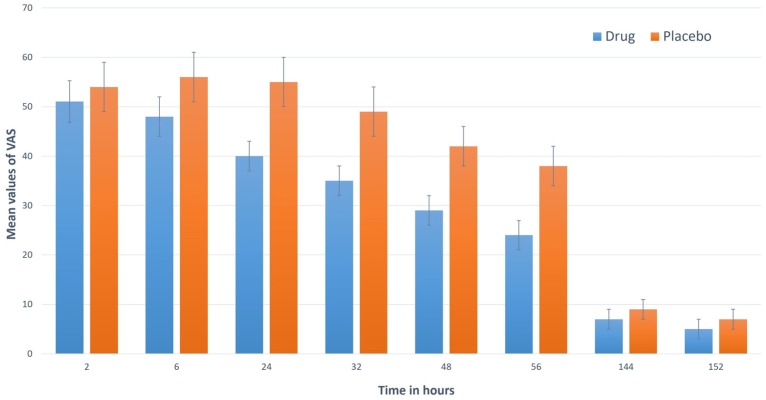
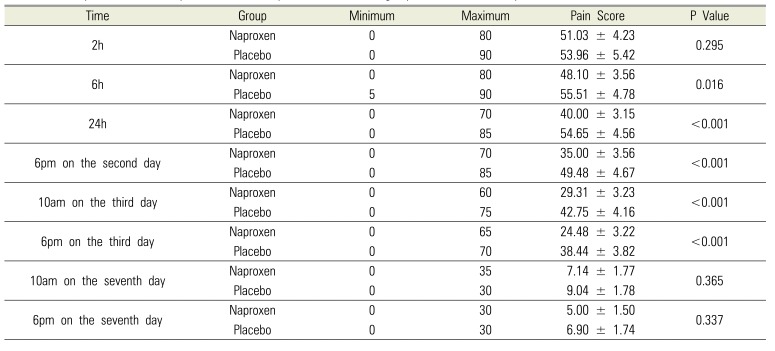
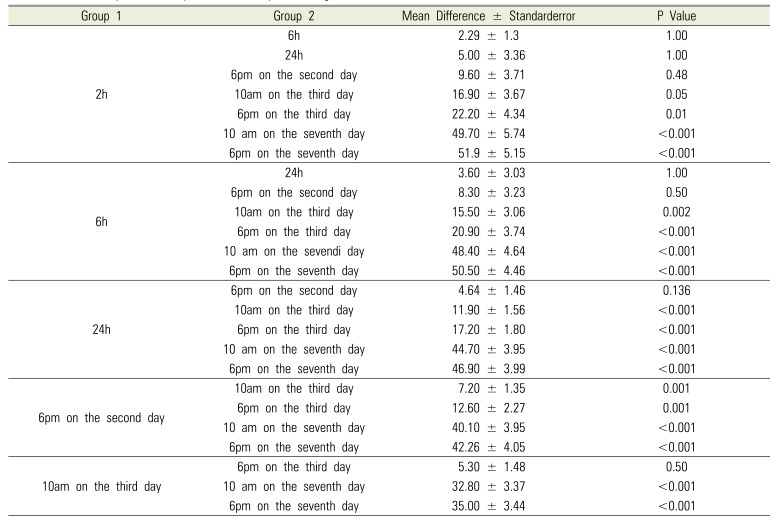




 PDF
PDF ePub
ePub Citation
Citation Print
Print



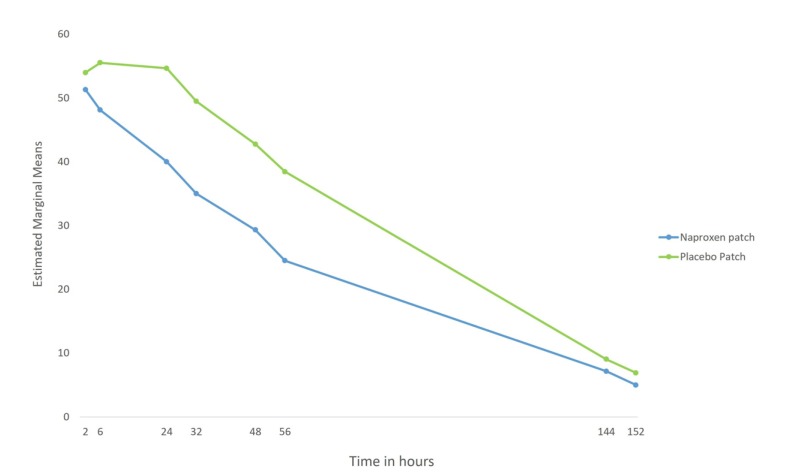
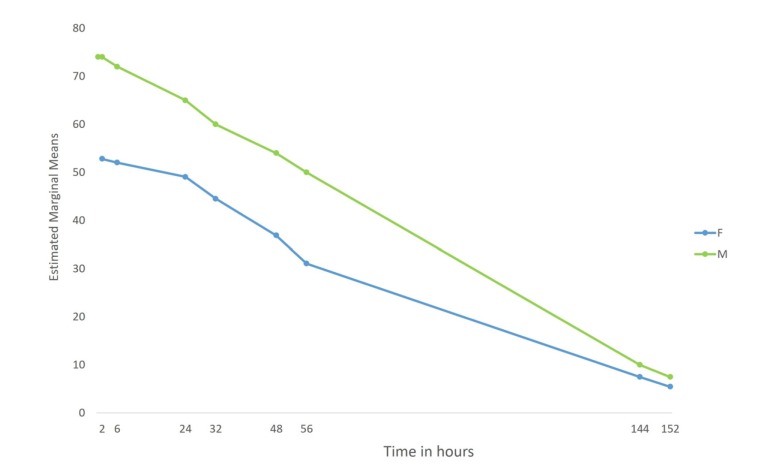
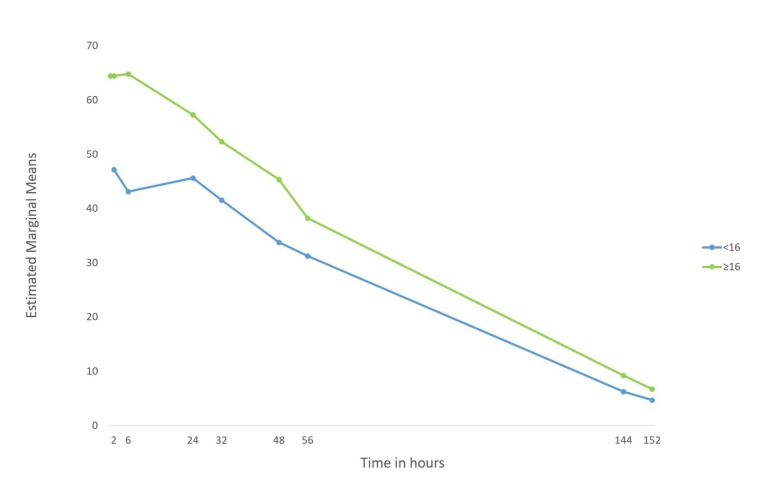
 XML Download
XML Download